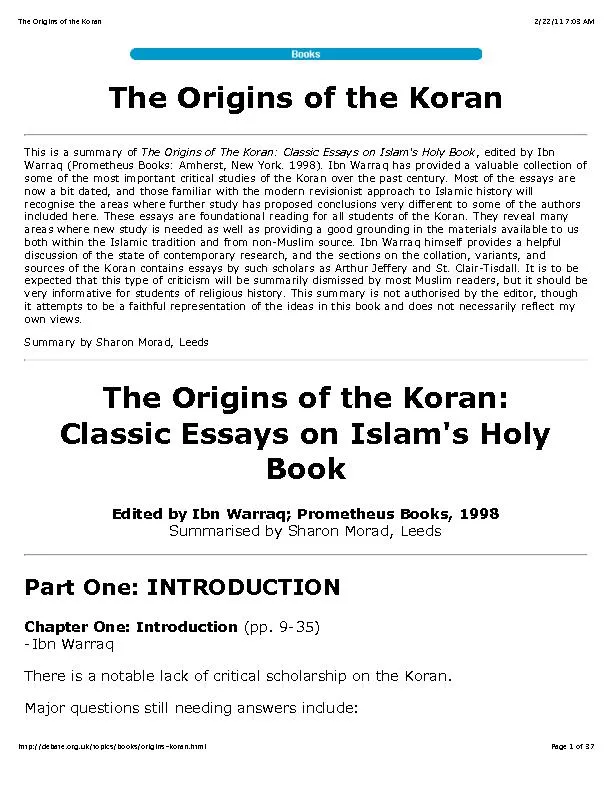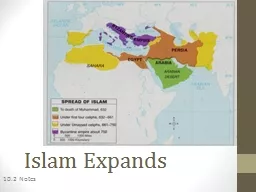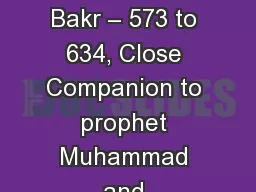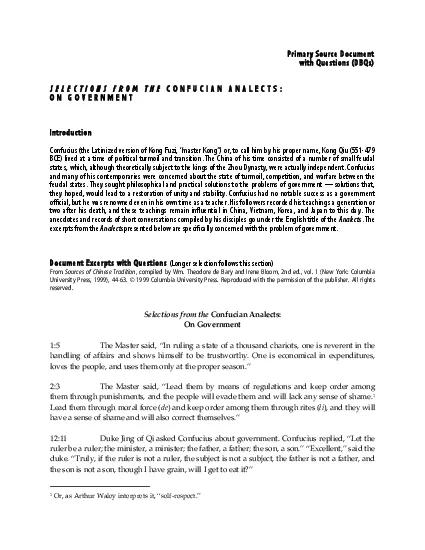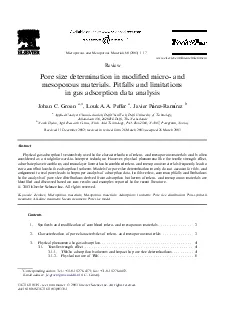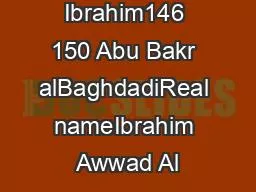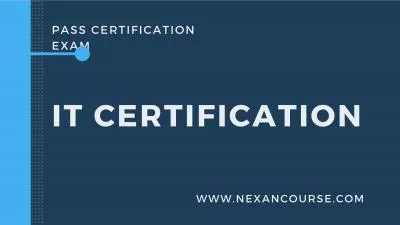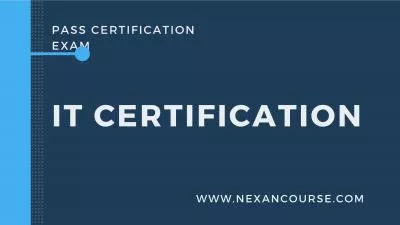PDF-The Collection Under Abu Bakr (p. 11)Abu Bakr was caliph from 632-634.
Author : kittie-lecroy | Published Date : 2016-06-19
in the mid8th century to represent orthodox views contains no referenceto the KoranCook Crone and Hinds argue that Islam developed as an attempt to find acommon
Presentation Embed Code
Download Presentation
Download Presentation The PPT/PDF document "The Collection Under Abu Bakr (p. 11)Abu..." is the property of its rightful owner. Permission is granted to download and print the materials on this website for personal, non-commercial use only, and to display it on your personal computer provided you do not modify the materials and that you retain all copyright notices contained in the materials. By downloading content from our website, you accept the terms of this agreement.
The Collection Under Abu Bakr (p. 11)Abu Bakr was caliph from 632-634.: Transcript
Download Rules Of Document
"The Collection Under Abu Bakr (p. 11)Abu Bakr was caliph from 632-634."The content belongs to its owner. You may download and print it for personal use, without modification, and keep all copyright notices. By downloading, you agree to these terms.
Related Documents

